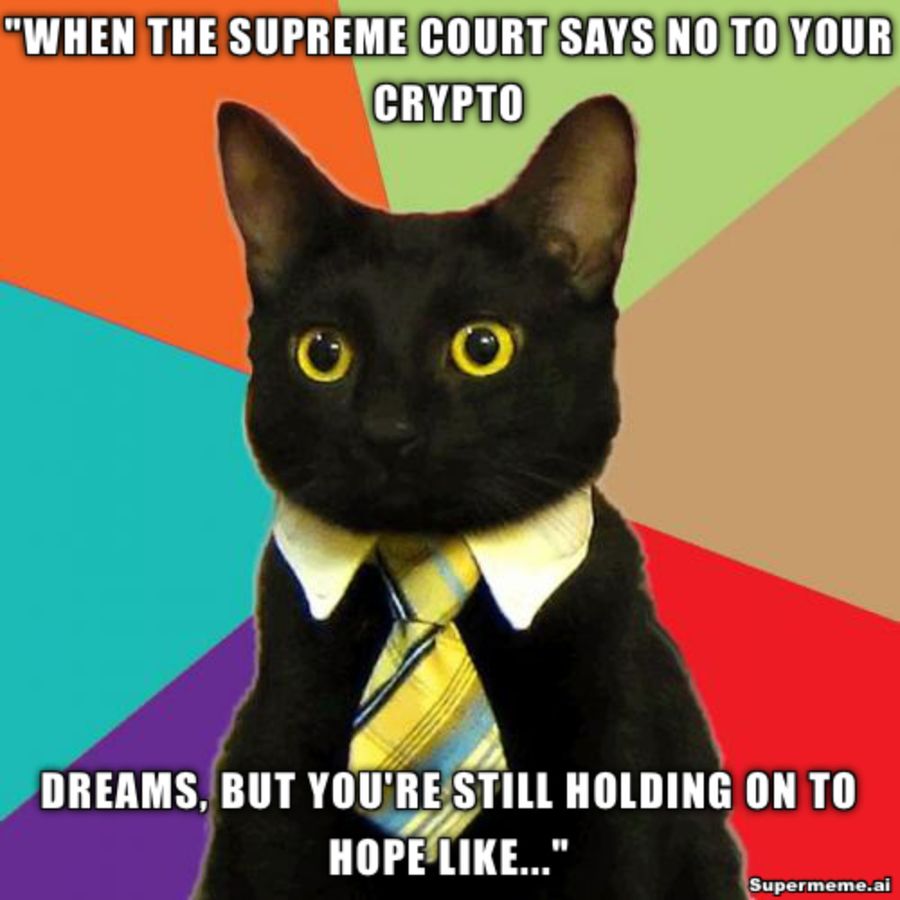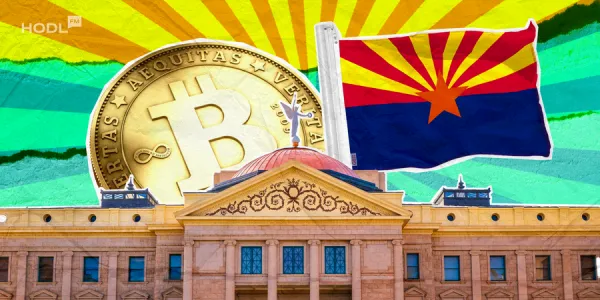The Indian Supreme Court has delivered a decisive verdict on a Public Interest Litigation (PIL) aiming to shape the contours of cryptocurrency trading in the country. The court, headed by Chief Justice of India (CJI) Chandrachud, dismissed the plea, emphasizing its legislative essence. Let’s try to figure out the details of this significant legal stance and its implications, hodlers.
Read More: These Countries Are Ready to Rule the Crypto Playground!

The Legislative Nature of the Plea
Upon careful consideration, the bench, comprising CJI Chandrachud, Justice JD Pardiwala, and Manoj Misra, expressed that the petitioner’s demands bear a distinctly legislative nature. The court’s stance signifies a crucial distinction, indicating that the issues at hand extend beyond the realm of immediate judicial intervention.
At the heart of this legal scandal is Manu Prashant Wig, the petitioner, currently under Delhi Police custody due to his involvement in a cryptocurrency case. The Economic Offence Wing (EOW) had filed charges against Wig in 2020, accusing him of luring individuals into crypto investments with promises of substantial returns. As a director at Blue Fox Motion Picture Limited, Wig allegedly orchestrated a fraudulent scheme that ensnared 133 investors.

Plea for Bail and Crypto Regulations
Wig’s move to file a PIL seeking regulations and guidelines for cryptocurrency trading was not solely rooted in the desire for industry standards. The Supreme Court observed that the underlying objective was to secure bail for Wig, navigating the legal intricacies surrounding his ongoing custody. Despite the dismissal of the PIL, the court allowed Wig, behind bars, to explore alternative legal avenues and approach relevant authorities.
Court’s Advice and Legislative Domain
During the court hearing, CJI Chandrachud advised Wig to pursue bail in a different court, distancing the current case from immediate relief. The court explicitly noted its reluctance to entertain pleas related to crypto trading regulations, asserting that such matters fall within the legislative domain. This underscored the court’s acknowledgment of the separation of powers and its incapacity to issue directives under Article 32 of the Indian Constitution.
Cryptocurrency Landscape in India
The status of cryptocurrency trading in India remains contentious due to the absence of standardized rules and frameworks. In response to this, the country is reportedly in the process of developing a comprehensive regulatory framework for cryptocurrencies. Drawing from joint recommendations by the International Monetary Fund (IMF) and the Financial Stability Board (FSB), India aims to bring clarity to the crypto landscape within the next five to six months.
Conclusion
The Indian Supreme Court’s rejection of the crypto petition echoes a broader legal stance, emphasizing the need for legislative action in shaping the cryptocurrency landscape.
More Info:
- DZ Bank Launches Blockchain-Based Crypto Custody for Institutional Investors
- Swiss Banking’s Cryptocurrency Leap: SGKB Teams Up with SEBA for Bitcoin and Ether Trading
- Game On Japan! How to Win the Hearts of Mobile Gamers in the Land of the Rising Sun
- Mauritius Pioneers the Metaverse in Financial Services
As the regulatory framework takes form, the future of cryptocurrency in India stands at an intriguing crossroads, where legal, legislative, and economic factors converge.
Disclaimer: All materials on this site are for informational purposes only. None of the material should be interpreted as investment advice. Please note that despite the nature of much of the material created and hosted on this website, HODL FM is not a financial reference resource and the opinions of authors and other contributors are their own and should not be taken as financial advice. If you require advice of this sort, HODL FM strongly recommends contacting a qualified industry professional.






